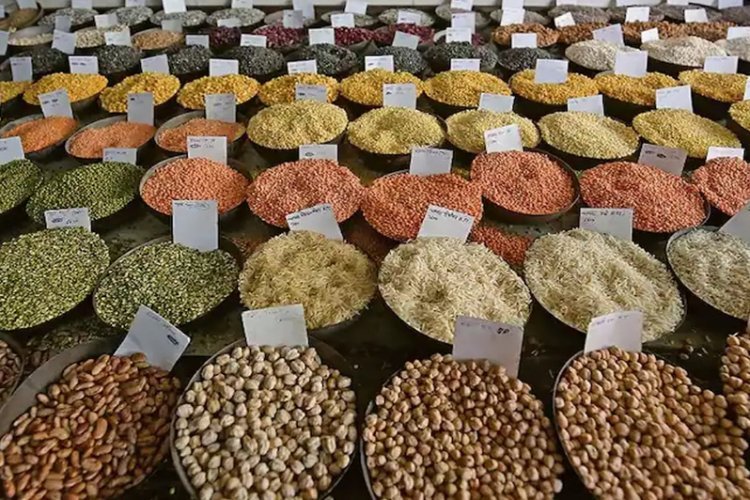Government's efforts failed, the prices of flour and pulses are showing the sharp attitude of inflation
Wheat exports were put on hold in May this year amid a low production of 106 million tonnes when actual shipments in 6 months (between April-September) doubled from last year. Even after this, the prices of wheat kept increasing.

Despite all the efforts of the government, in view of the Ukraine-Russia war, there is no control over the prices of wheat, flour and pulses. Wheat flour has become costlier by more than 18% in the retail market in the last two years and its price has now increased to almost equal to that of rice (Rs 37.96 per kg). Giving competition to sugar prices (Rs 42.69 per kg). On November 22, the average retail price of wheat flour across India on the Consumer Ministry portal was Rs 36.98 per kg. It was Rs 18.71 per kg compared to two years ago.
This has also increased the prices of flour. The retail price of wheat has increased by 9.47% from Rs 29.02 per kg to Rs 31.77 per kg over two years.
Wheat exports were put on hold in May this year amid a low production of 106 million tonnes when actual shipments in 6 months (between April-September) doubled from last year. Even after this, the prices of wheat kept increasing.
If we look at the sowing date of rabi crops for the year 2022, it is clear that Indian farmers have sown more wheat and rice than lentils and pulses. Despite an erratic monsoon, the total rabi sowing is 7 percent higher than last year. In this too, there is an increase of about 15 percent in wheat sowing. This may give some relief to the government, as India's buffer stock has declined by 49.9 percent during the Covid period as compared to last year.
